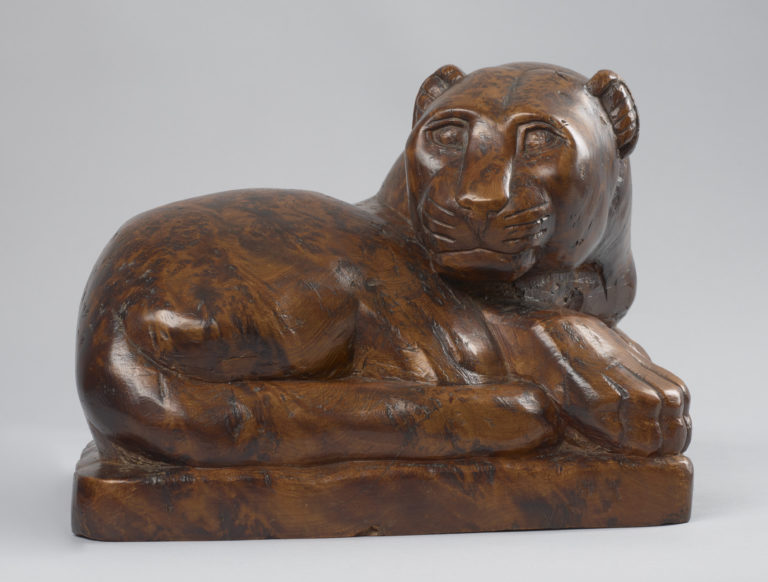Bibliography
Léger et l’Esprit moderne, exh. cat. Paris, Musée d’art moderne de la ville de Paris, Houston, Museum of fine arts, Geneva, Musée Rath, 1982.
Jaccard Paul-André (ed.), Gustave Buchet, exh. cat. Lausanne, Musée cantonal des Beaux-Arts, Aarau, Aargauer Kunsthaus, Paris, Fondation Le Corbusier, 1978.
Gérard Buchet, Gustave Buchet, Lausanne/Paris, La Bibliothèque des arts, 1964.




The titles of the opening chapters of Après le cubisme (After Cubism) [1918] reflect the questions of Amédée Ozenfant and Charles-Édouard Jeanneret (better known as Le Corbusier) in the immediate aftermath of the First World War: ‘Whither painting?’ ‘Whither modern life?’ Purism, which they sought to promote, opened up new paths inspired by mechanisation, incorporating standardisation, accuracy and economy into the creative process. Order and rigour were their watchwords. They planned their works as ‘equations’ shaped by rules, rhythm and precision. To bring their ideas to a wider audience, Ozenfant and Jeanneret joined forces with the Belgian literary critic Paul Dermée to found the international journal L’Esprit nouveau in 1920.
The title of Buchet’s work pays homage to the journal and reflects his adoption of the purist aesthetic. The letters and number refer to the journal’s sixteenth issue and are also a reminder of the importance of typography in cubism. The energy of the shapes, arising from straight lines and curves folding into each other, is part of Buchet’s theorisation of movement, sparked by his discovery of futurism. The energy attenuates the strict austerity of purism, as does the harmonious palette of reds and greys, with touches of pink, green and white. The brushwork is less rigorous in parts, the line no longer systematically following the shapes, and the colours sometimes gradually meld together. The return of nuance and elegance are part of what makes Buchet’s work unique.
The painting was first shown at Buchet’s first solo exhibition in Paris in 1928, at Colette Weil’s Galerie Mantelet, and was printed on the invitation. It was reworked after the exhibition and dated ‘1926’ by the artist.